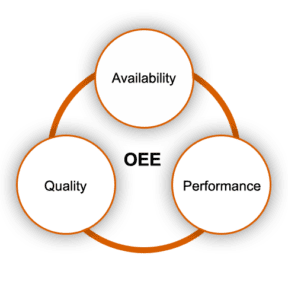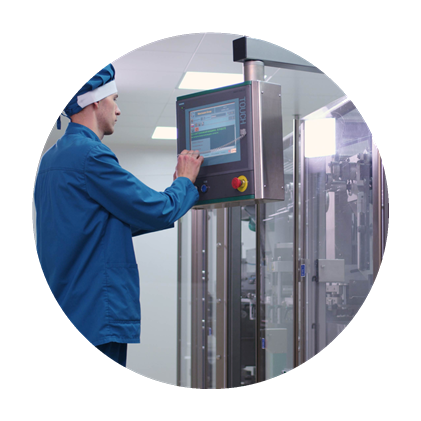OEE is a cornerstone for an MES in a factory – it exposes the losses in a manufacturing process and helps in identification of the bottleneck and critical machines, which helps stakeholders take informed decisions. The OEE Module continuously tracks the production performance parameters and calculates the OEE and the KPIs of your machine, cell, line and factory.
Some of the KPIs measured are :
- OEE / OPE
- Availability %
- Performance %
- Quality %
- Machine / Line Downtime Analysis
- Product Rejection Analysis



